In this comprehensive guide, we compare and contrast the two most popular types of capacitors on the market. Both have their own unique benefits and drawbacks, so read on to find out which one is right for you!
Tantalum Capacitor vs Ceramic Capacitor
Both types are incredibly useful and can be used in a variety of applications, but they each come with their own unique benefits and drawbacks.

Aging and Stability
Since tantalum capacitors are constructed from metal, they are known to have better aging and stability characteristics than ceramic capacitors. As such, tantalum capacitors tend to be preferred for applications where long-term reliability is important.
Ceramic capacitors do not last as long as tantalum capacitors. They are also more likely to change in temperature. This is why they are usually used for applications where their better performance is more important than their possible instability. [1]
Polarization
Another difference between tantalum capacitors and ceramic capacitors is that tantalum capacitors are polarized. This means they have a positive and a negative electrode. It is important to pay attention to how these capacitors are connected in a circuit so you can get the most out of them.
Temperature Response
Tantalum capacitors are less affected by high temperatures than ceramic capacitors. This is why they are often used in applications where the capacitor may be exposed to higher temperatures.
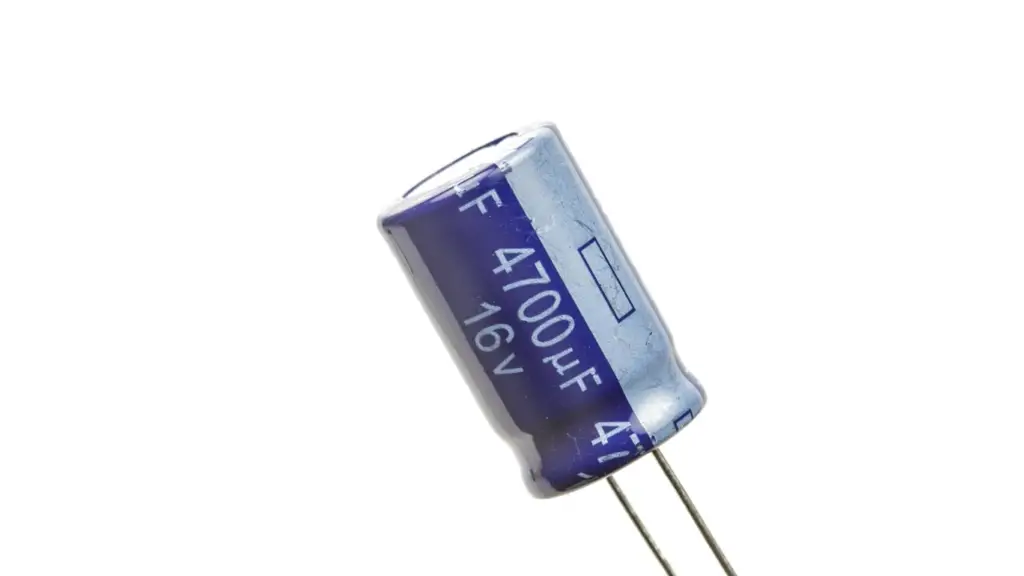
Voltage Response
Tantalum capacitors have a higher voltage rating than ceramic capacitors, making them ideal for high-voltage applications.
Ceramic capacitors are better for low-voltage applications than other types of capacitors. They can handle lower voltage levels more effectively. [1]
Tantalum Capacitor vs Ceramic Parameters
Tantalum capacitors have a lower self-discharge rate than ceramic capacitors. This means that they will retain their charge for longer periods of time, making them ideal for high-accuracy applications where accuracy is essential.
Ceramic capacitors offer a higher capacitance than tantalum capacitors. This makes them better for applications that need a lot of energy.
DC Bias Dependence
Tantalum capacitors are more likely to be affected by changes in the DC voltage applied across it than ceramic capacitors. This means that the capacitor’s performance can change depending on the voltage.
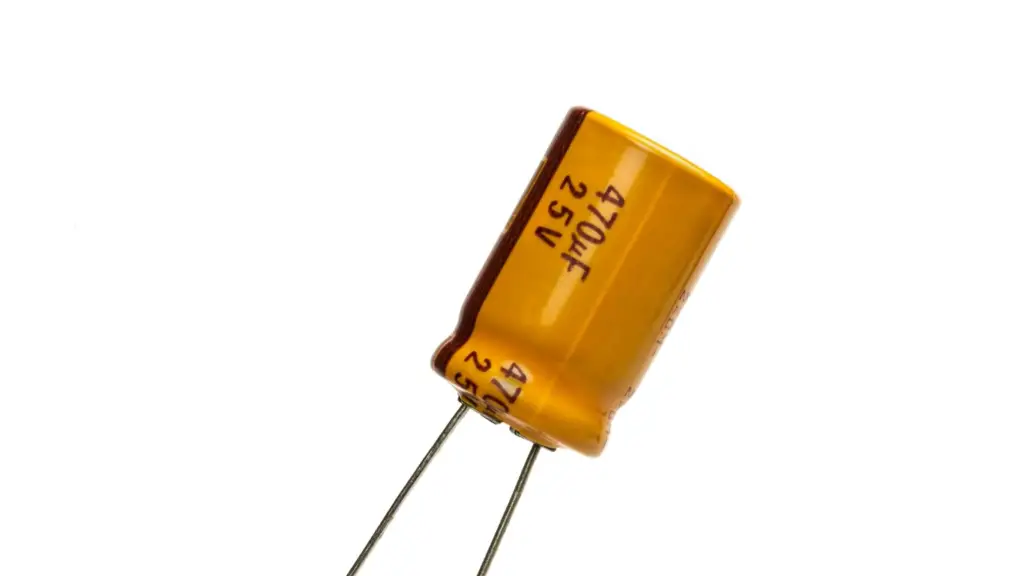
Equivalent Series Resistance (ESR) Stability
Tantalum capacitors have a higher ESR stability than ceramic capacitors. This means that they are less likely to be affected by changes in their equivalent series resistance, which can lead to better performance over time.
Ceramic capacitors have lower ESR stability than tantalum capacitors. This means that their performance can be affected by changes in the equivalent series resistance.
High-Frequency Filtering
Tantalum capacitors are better than ceramic capacitors for high-frequency filtering applications. This is because they have a lower inductance, which reduces their susceptibility to high-frequency signals.
Ceramic capacitors are better for low-frequency filtering applications as they have a higher inductance and can filter out low frequencies more effectively.
Temperate Range & Response
Tantalum capacitors have a better temperature range and response than ceramic capacitors. This is because they are able to handle higher temperatures without deteriorating in performance.
Ceramic capacitors tend to suffer more at high temperatures, making them less suitable for applications that need to operate in extreme conditions. They also provide less accuracy as the temperature changes.
Overall, tantalum capacitors are better for applications that require a high degree of accuracy and stability. Ceramic capacitors are better for low-voltage and low-temperature applications. You should consider your specific requirements before making a decision about which type of capacitor to use. [2]
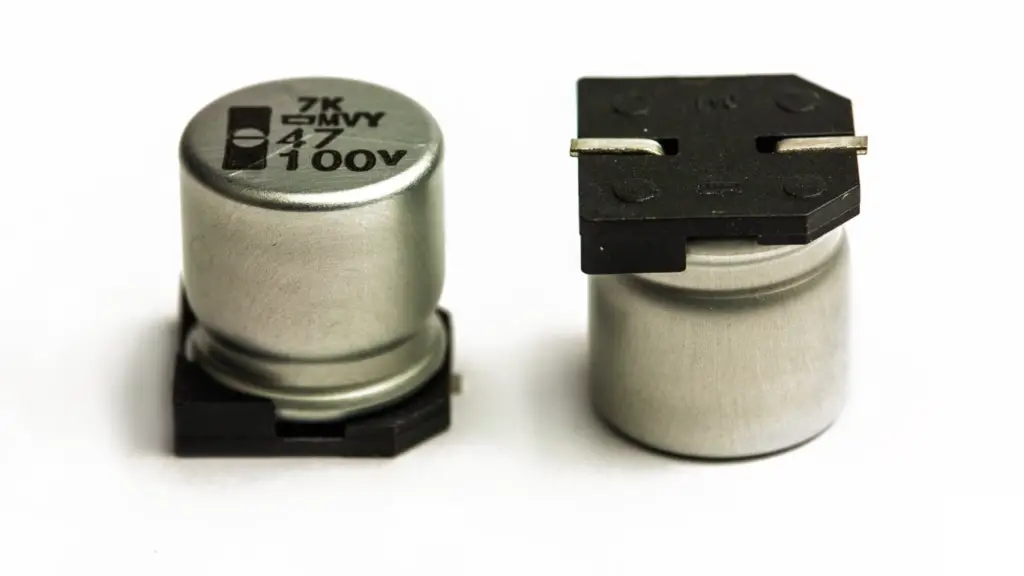
Volumetric Efficiency
Finally, tantalum capacitors are more volumetrically efficient than ceramic capacitors. This means that for the same amount of space, you can fit more capacitance with a tantalum capacitor than with a ceramic capacitor.
Ceramic capacitors are a good choice for applications where there isn’t much room on the board and you need a high capacitance value. They’re also good for applications that require a small size.
Tantalum Capacitor Styles
Tantalum capacitors come in several different styles, including wet tantalum, molded tantalum, and glass-encapsulated. Each style has its own advantages and disadvantages.
Wet tantalum is the most common type of capacitor used in modern electronics. It is known for its high reliability and long life.
Molded tantalum capacitors are smaller and more lightweight than wet tantalum capacitors, making them ideal for high-density applications.
Finally, glass-encapsulated tantalum capacitors offer excellent performance in extreme environments such as spaceflight or underwater.
Ceramic Capacitors
Ceramic capacitors come in different styles, including multi-layer ceramic (MLCC), metallized paper, and film. MLCCs are the most common type of ceramic capacitor and offer good performance and reliability. They can be expensive, though.
Metallized paper and film capacitors are less expensive than MLCCs, but they are not as reliable or accurate. They can be used in high current applications where MLCCs may not be able to handle the load.
Tantalum vs. Ceramic Capacitor Testing
Tantalum vs. Ceramic Capacitor IR Life Test
The most common test for tantalum and ceramic capacitors is the IR life test. This test checks the longevity of the capacitor by measuring its ability to hold a charge over time. The longer it can hold a charge, the better its reliability and performance will be.
For tantalum capacitors, this test typically consists of applying a voltage to the capacitor and then monitoring it over time. If the capacitor has a high IR value, it means that it will be able to withstand higher temperatures and last longer.
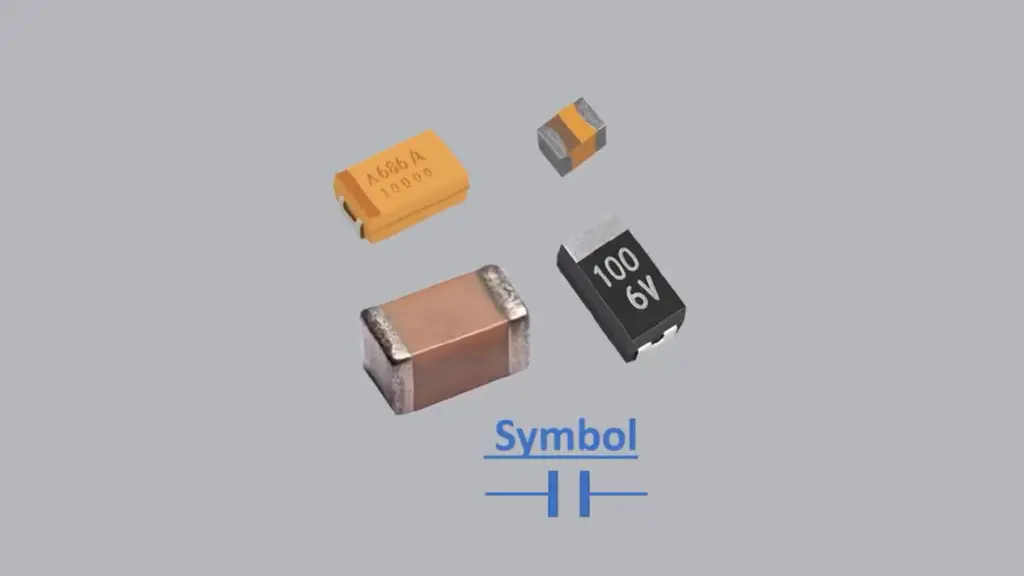
For ceramic capacitors, the test is done a little differently. The capacitance of the capacitor is measured at different temperatures and then compared to the expected values for that type of capacitor.
If the capacitance is lower than expected at a certain temperature, it means that the capacitor may not work well in those conditions.
Tantalum vs. Ceramic Comparative Testing
In addition to their life test, other tests are used to compare the performance and reliability of tantalum and ceramic capacitors. These include:
- DC leakage current: This is a measure of how much current leaks through the capacitor when it is not in use. Capacitors with higher DC leakage current will not be as reliable over time.
- Temperature/humidity cycling: This test measures the capacitor’s ability to maintain a specified capacitance while being exposed to extreme temperature and humidity conditions.
- Capacitance drift: This test measures how much the capacitance of the capacitor changes with time and temperature.
By comparing these tests, you can get a better idea of which type of capacitor is best suited for your application. [2]
FAQ
Can I use ceramic capacitors instead of tantalum?
Ceramic capacitors can be used in place of tantalum capacitors. However, because tantalum capacitors are more expensive, they are often chosen for high-precision applications where accuracy and reliability are important.
What is the difference between wet tantalum and molded tantalum capacitors?
Wet tantalum capacitors are the most common type of capacitor used in modern electronics. They are known for their high reliability and long life, but they can be bulky and expensive.
Molded tantalum capacitors, on the other hand, are smaller and more lightweight than wet tantalum capacitors, making them ideal for high-density applications.
Why are ceramic capacitors better?
Ceramic capacitors offer good performance and reliability at a lower cost than other types of capacitors, such as tantalum or wet tantalum capacitors. They are also less affected by temperature and humidity changes, making them ideal for use in extreme environments such as spaceflight or underwater.
Additionally, they can be used in high current applications where other types of capacitors may not be able to handle the load.
How do you know if a capacitor is tantalum?
They may also be labeled as “tantalum-manganese” or “tantalum-niobium” capacitors, depending on the material used in their construction.
Ceramic capacitors, on the other hand, are usually marked with a “C” and may also be labeled as either “ceramic-manganese” or “ceramic-niobium” depending on the material used in their construction.
Does it matter what type of capacitor I use?
Yes, it does matter what type of capacitor you use. Depending on the application and environmental conditions, one type may be more suitable than another. For instance, if you need a reliable and long-lasting capacitor for a high-precision application, then tantalum capacitors would be your best choice.
On the other hand, if you are looking for a more cost-effective solution, then ceramic capacitors would be more suitable. Be sure to compare the performance and reliability of different types of capacitors before making your decision.
What is wrong with tantalum capacitors?
Tantalum capacitors are generally more expensive and less reliable than other types of capacitors. They can also be bulky and difficult to mount, especially for high-density applications. Additionally, their performance can be affected by temperature and humidity changes, making them less suitable for use in extreme environments.
What is the best material for a capacitor?
The best type of capacitor for a given application depends on the environment and how precise it needs to be. Generally, ceramic capacitors are more cost effective and reliable than tantalum or wet tantalum capacitors.
However, if you need a capacitor with high precision and accuracy, then the tantalum capacitor would be your best choice. Finally, when dealing with extreme environments, such as spaceflight or underwater applications, then a specialty capacitor may be required.
Make sure to compare the performance and reliability of different types of capacitors before making your decision.
Why are tantalum capacitors better?
Tantalum capacitors offer the best reliability and accuracy of any type of capacitor. They are also more resistant to temperature and humidity changes, making them ideal for use in extreme environments.
Additionally, they tend to be larger and heavier than other types of capacitors, making them a good choice for high-precision applications where accuracy is critical.
Finally, they are more expensive than other types of capacitors, making them best suited for applications where cost is not a major concern.
Which capacitor is more powerful?
Generally, tantalum capacitors are more powerful than ceramic capacitors because they are larger in size and have a higher capacity. However, for applications where precision is critical, a tantalum capacitor may be a better choice because it has superior accuracy.
Make sure to compare the performance and reliability of different types of capacitors before making your decision.
What causes a capacitor to burn out?
Capacitors can burn out if they are exposed to too much voltage or current. Additionally, extreme temperatures and humidity can cause them to fail prematurely.
To avoid these issues, make sure that your capacitors are rated for the application you are using them in and that they have protection against electrical surges.
Additionally, make sure your capacitors are properly installed to reduce the risk of failure.
Finally, if you are using a capacitor in an extreme environment, make sure it is rated for that environment.
Is it OK to oversize a capacitor?
Yes, it is often ok to choose a capacitor with a higher voltage rating or capacity than necessary. Oversizing the capacitor can help ensure that your application does not exceed its rated values, reducing the risk of failure.
Additionally, it will also allow for some margin of error in case the environment changes unexpectedly or if you need to increase your system’s power requirements.
However, make sure that the capacitor you choose is suitable for your application and is rated for any extreme environmental conditions it may be exposed to.
What is wrong with tantalum capacitors?
Tantalum capacitors are more expensive and less reliable than other types of capacitors. They can also be bulky and difficult to mount, especially for high-density applications.
Additionally, their performance can be affected by temperature and humidity changes, making them less suitable for use in extreme environments.
Furthermore, they have a higher failure rate than other types of capacitors, making them best suited for applications where reliability is not a major concern.
Why are tantalum capacitors so expensive?
Tantalum capacitors are more expensive than other types of capacitors because they are more precise, reliable, and resistant to temperature and humidity changes.
Additionally, the larger quantity of the rare element tantalum needed to produce them makes them more costly than other types of capacitors due to their increased production costs.
Why do ceramic capacitors fail?
Ceramic capacitors can fail for a number of reasons, including age, vibration, and temperature changes. Additionally, they can be damaged by overvoltage, current leakage, and other electrical problems.
To prevent failure, make sure that the ceramic capacitor you are using is rated for your application and environment. Additionally, inspect it regularly for signs of damage or wear and replace it as necessary.
Do tantalum capacitors fail short?
Yes, tantalum capacitors can fail short if they are exposed to too much voltage or current. Additionally, extreme temperatures and humidity can cause them to fail prematurely. To reduce the risk of failure, make sure that your capacitor is rated for the application you are using it in and that it has protection against electrical surges.
Additionally, inspect it regularly for signs of damage or wear. If you are using a capacitor in an extreme environment, make sure it is rated for that environment and ask a professional if you have any questions.
Are tantalum capacitors reliable?
Tantalum capacitors are usually reliable, but they can be affected by changes in temperature and humidity. They also have a higher failure rate than other types of capacitors, making them best suited for applications where reliability is not a major concern.
To ensure reliability, make sure that the capacitor you are using is rated for your application and environment and protect it against electrical surges. Additionally, inspect it regularly for signs of damage or wear and replace it as necessary.
Is it OK for capacitors to touch?
Yes, it is generally safe for capacitors to touch. However, if the capacitors are of different types or have different ratings, make sure that they do not come into contact with each other as this could cause a short circuit.
Additionally, make sure that the capacitor you are using is rated for your application and environment and protect it against electrical surges. Inspect it regularly for signs of damage or wear and replace it as necessary.
Useful Video: Capacitor Wars: Tantalum vs Ceramic
Conclusion
So, what’s the difference between tantalum and ceramic capacitors? The short answer is that tantalum capacitors are smaller, faster, and more expensive than ceramic capacitors.
They also have a higher rated voltage. If you need a capacitor for a high-powered device or an application with a lot of frequency variation, then a tantalum capacitor is probably your best bet. However, if you don’t need all those bells and whistles, then a ceramic capacitor will do just fine. Thanks for reading!
References
- https://www.sensiblemicro.com/blog/tantalum-capacitor-vs-ceramic
- https://passive-components.eu/the-basics-benefits-of-tantalum-ceramic-capacitors/





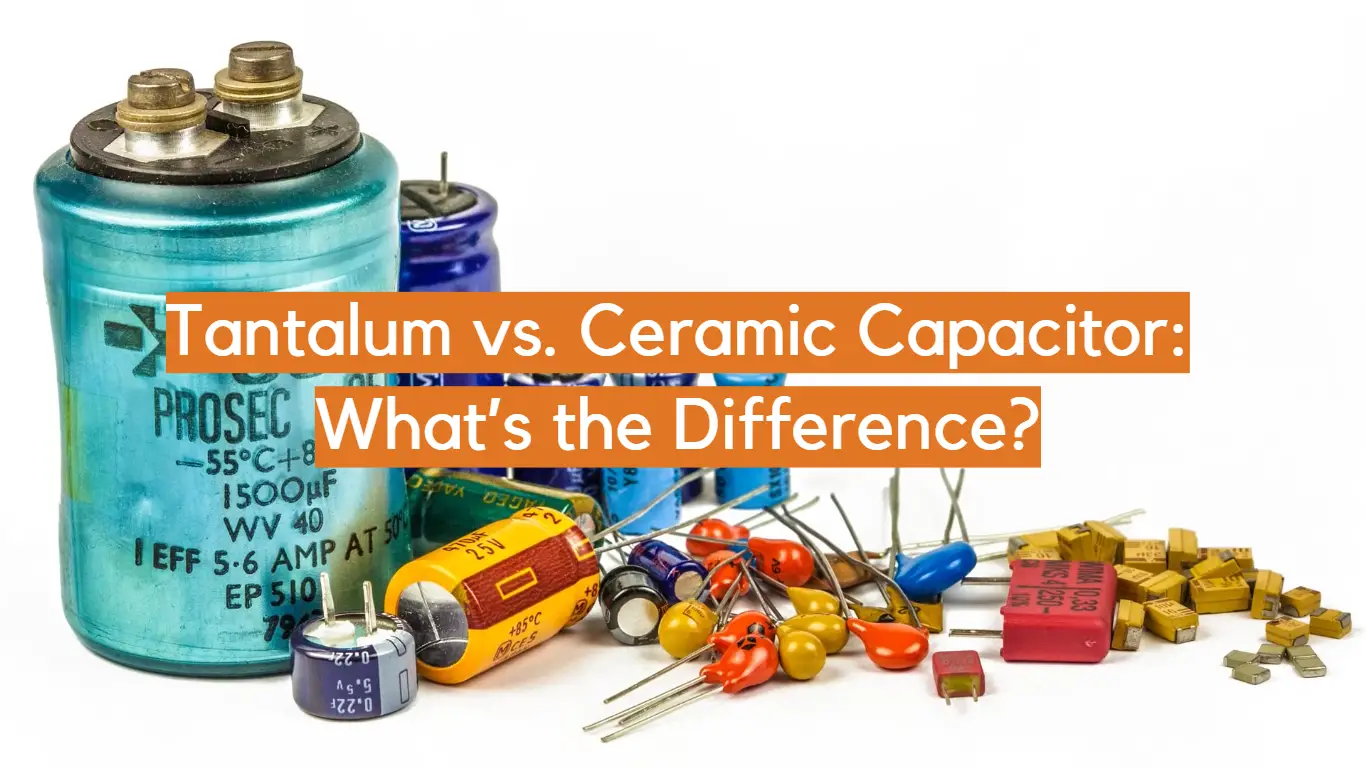





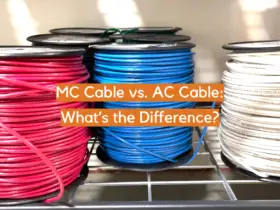

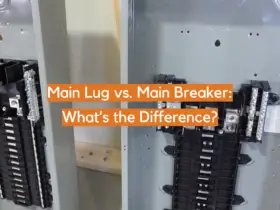
Leave a Reply